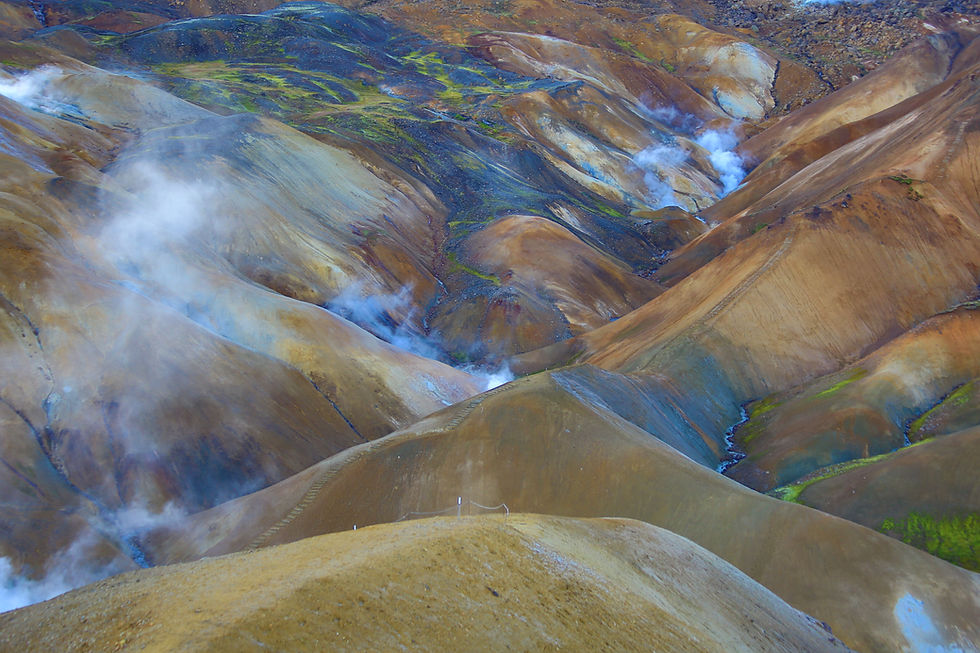Point Reyes National Seashore, Point Reyes Station, California
- Nov 5, 2019
- 2 min read
Updated: Jan 3, 2023
Point Reyes and the greater Point Reyes National Seashore is now a protected area under the care of U.S. National Park Services. It's eastern border runs parallel to the San Andreas Fault line, which can be seen clearly on Google map. The huge tear on it's surface runs from the tip of Tomales Point along Tomales Bay. Geologists found rocks on the cliff side of Point Reyes that clearly matches rocks from 350 miles south towards Mount Tehachapi. This is evidence of two active plates; the Pacific and the North American plates, sliding and passing one another.

Before Europeans settled in this area, the indigenous people of Miwok lived here for thousands of years. The abundance of sea and land animals, and plants gave them an abundance of food stock to sustain them for a long time without needing to trade with the outside world. In June of 1579, that was all about to change when Sir Francis Drake sailed into the eponymous gulf and claimed it for Queen Elizabeth 1.


The National Seashore at Point Reyes is definitely a haven for nature lovers and nature photographers. For those who enjoy picking seaweed, walking along the shoreline affords the opportunity over a myriad of littoral kelp ranging from green to red to brown and in different shapes and sizes. This region, a betwixt, neither a shore nor an ocean, lies the abundance of life and possibilities.

With its unprotected shoreline and exposure to the Pacific wind, most of the trees are bent to one side. Another interesting feature, if one were to observe, is the pattern on the sand dunes created by the relentless wind. The vegetation consists mostly of shrubs or dwarfed trees, clinging low to the ground, with succulent leaves and roots to fix nitrogen due to poor soil conditions. There are many on-going restoration work in progress to bring back the native plants and wildlife, such as the Marsh Hawks, the Pintails and pelicans.

Encompassing 100 square miles, this park offers 80 miles of coastlines and 150 miles of hiking trails. One such unique trail is the one that takes you to the top of a tide-fall called Alamere Falls. This is one of two such falls in the entire state of California. It consists of 3-4 cascades that flows over a cliff and right into the Pacific Ocean. To get here, take the Palomarin Trail at the end of Mesa Road in Bolinas, California and be ready to tramp for 8.0 miles round trip.

For a park that is only 30 miles away from San Francisco, it is truly a gem for those who would take the time to discover it's rich history, it's geological setting, and it's living ecosystem; all of which materialized over thousands of years, if not millions.






Comments